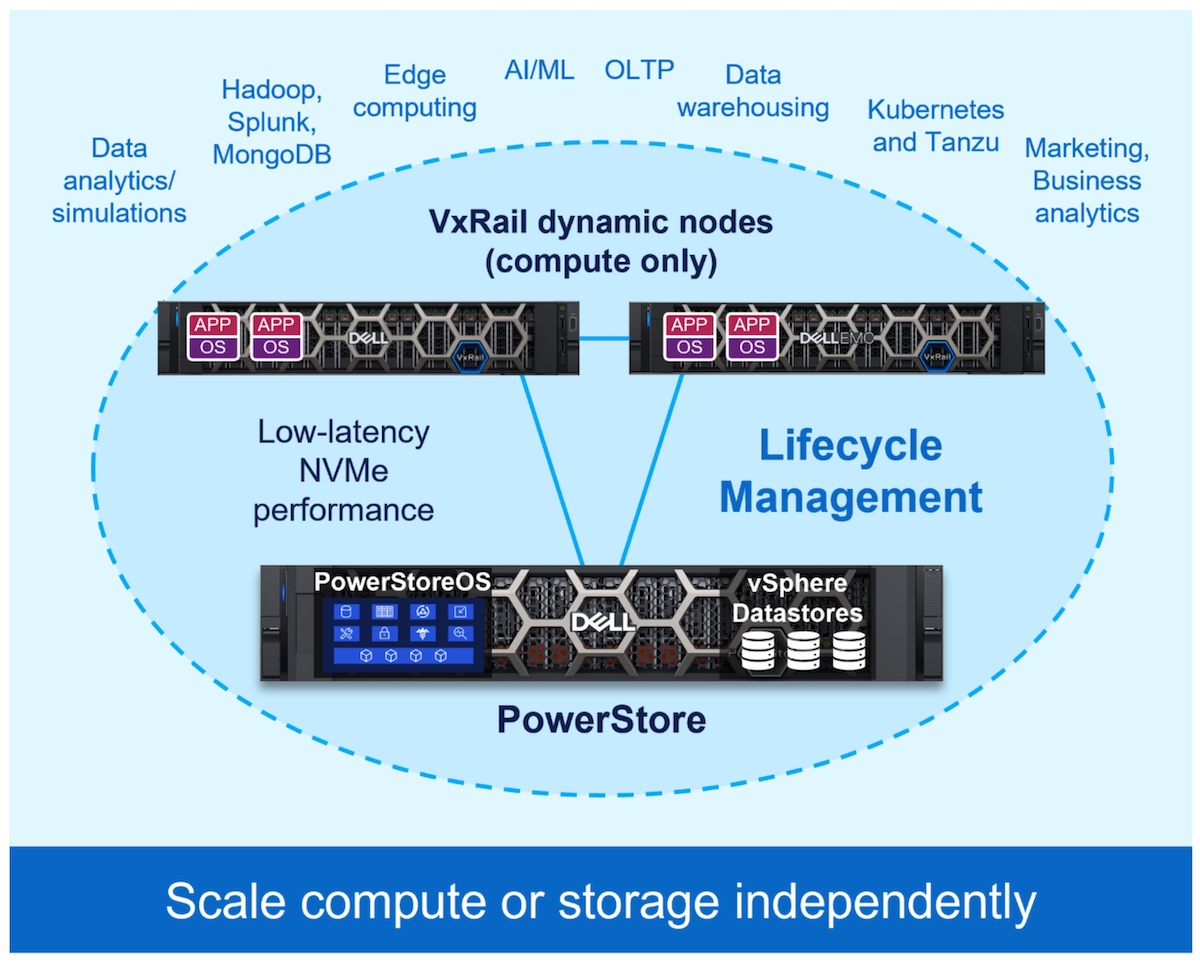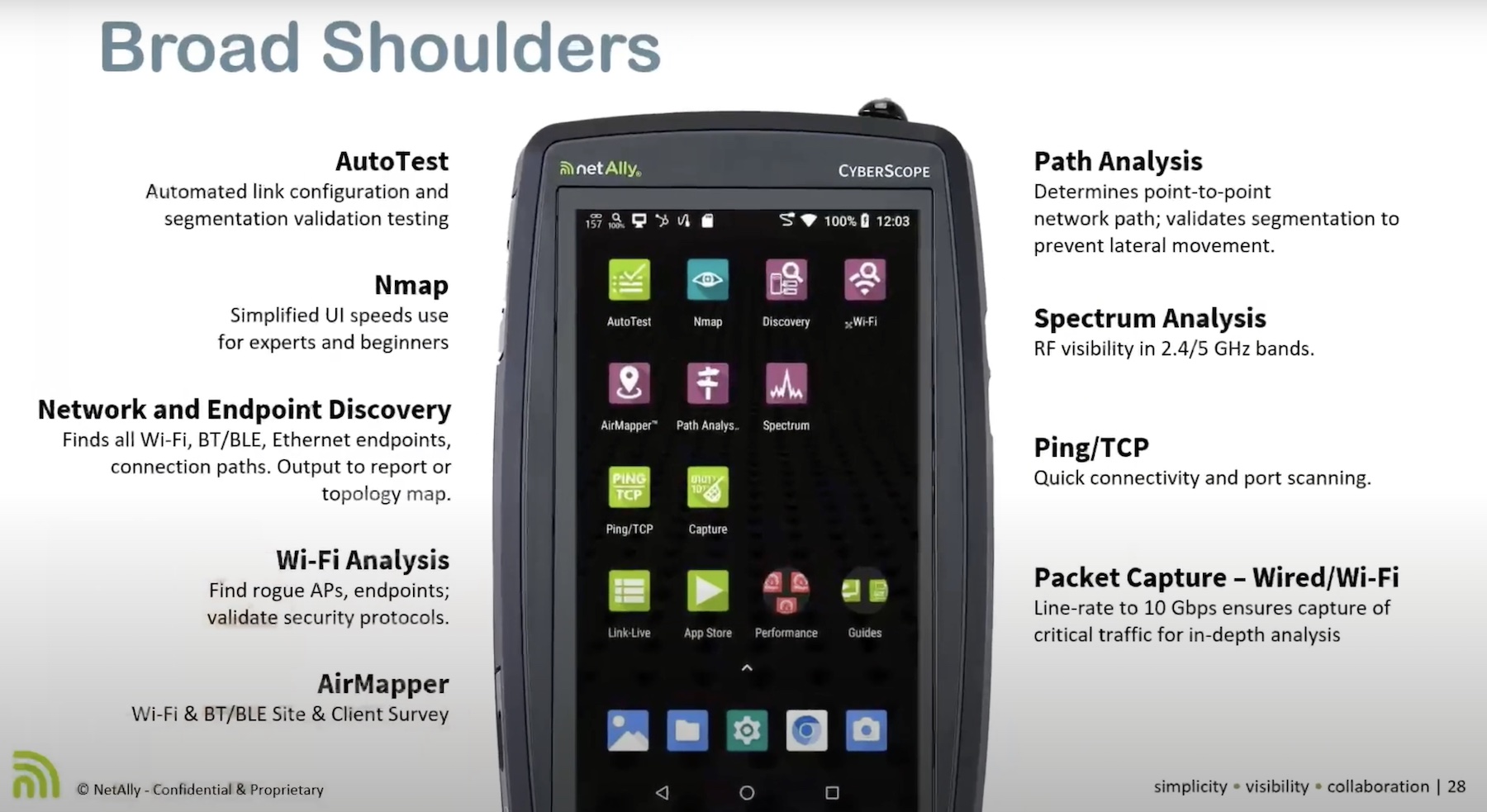EMC’s Chuck Hollis is one smart guy, and a very verbose blogger. As usual, he sparked a bit of a storm recently when comparing unified storage on EMC’s Celerra NX4 to NetApp’s multiprotocol FAS2020 filer. But it was one phrase in particular that got the attention of Alex McDonald and Kostadis Russos of NetApp, Martin/Storagebod, and Tony Asaro: “just because a vendor says they can emulate FC SAN behavior doesn’t mean it’s a real FC SAN.”
What was he getting at? Read the comments in Chuck’s post and you’ll understand his implication: Chuck suggests that NetApp “emulates” Fibre Channel in their FAS/OnTap devices on top of the WAFL “file system”, while EMC’s AX storage (behind the NX4) uses “real” Fibre Channel, so it’s better. He goes on to say that EMC is doing a brisk business replacing misfit NetApp FC arrays with real FC kit from EMC. But, as is so often the case, the truth is a little more complex than this: All enterprise storage arrays “emulate” Fibre Channel drives to one extent or another, and using the wrong tool for the job will always lead to trouble.
Is It Real Or Is It Virtual?
Let’s knock one thing out right away: Chuck is right, NetApp is emulating Fibre Channel drives with their FAS arrays. They really do lay out chunks of storage on something kind of like a file system with a bunch of logic mixed in and then pretend that this space is a plain-jane SCSI drive connected over Fibre Channel. And I’ll add to the “scandal” by pointing out that NetApp does exactly the same thing with their iSCSI drives!
Now let’s move on to an even more important point: All modern storage arrays emulate SCSI drives! That’s right, every enterprise storage array is lying, pretending to serve up basic drives but really slicing and dicing them in the background for their own nefarious purposes!
Who is responsible for this deceit? I place the blame on a few: Patterson, Gibson, and Katz started the game with their so-called RAID concept, which kicked things off by allowing a few drives to pretend to be a single one. Data General implemented this with cache in their oh-so-clever HADA, further separating us from The True Disk. But the worst was EMC, with their fully-virtualized Symmetrix array, where there was no definite relationship at all between the LUNs presented to servers and the disks that do all the real work. Some folks would even go so far as to praise this type of post-RAID virtualized storage as innovative!
NetApp takes this “automated lying” to the extreme, forcing their innocent hardware to take honest, well-laid-out blocks of intelligent WAFL space and twist them into vast tracts of dumb pretend-disks. The nerve! Compellent, 3PAR, Dell/EqualLogic, and the rest are just as bad, scattering blocks of data willy-nilly across their disks in so-called “wide stripes“. But don’t let Chuck’s misdirection fool you: EMC is just as guilty with each of their different storage platforms, masquerading as disk drives or file servers and intelligently managing storage underneath! And don’t get me started on the twisted things VMware does to storage!
Modern? Feh! Let’s all hope Apple starts producing their no-feature Xserve RAID again!
Waiting On Angels
So every modern array emulates disks. What was Chuck’s point again? Oh yeah, that the AX Fibre Channel storage used by EMC’s NX4 is superior to the integrated Fibre Channel capability of the NetApp FAS2020! I’m sure he’s right for some use cases and wrong for others. FC on the FAS2020 is a perfect match for some, and the NX4/AX wins in a landslide in some circumstances.
The crux of the argument is the fact that NetApp does all sorts of stuff behind the scenes build and support an FC LUN that the EMC AX FC array doesn’t do. So, although it wouldn’t be fair to say that one was “emulated” and another was not, Chuck would be correct in saying that an FC LUN on an AX is more “real” than one on a NetApp FAS. But arguing over technicalities like this is all angels and pins and doesn’t matter in the real world!
What does matter? In block storage, latency is king. Generally speaking, more cogs and wheels leads to more latency. This is why storage arrays rely so much on large, intelligent caches and vendors are experimenting with all sorts of cool caching technology. But, ignoring cache, high-end arrays generally have worse latency than low-end ones because they have all sorts of translation and virtualization going on in the background. In any I/O situation, increased latency hurts throughput and the perception of performance. And there comes a point when block applications give up waiting and it’s “game over, man!”
I remember migrating from an old CLARiiON 3100 to a brand new Symmetrix 3930 and watching the Symmetrix choke on the incoming data stream. It just couldn’t write fast enough to handle full streaming reads from the (old-tech) CLARiiON. But once everything was migrated and running, the Symmetrix, with its massive (for the time) 16 GB of cache, widely-spaced data layout, and multiple internal channels, completely destroyed the CLARiiON in real-world performance. This pattern continues today, with devices like the DMX and USP offering much better real-world performance than benchmarks or theoretical techno-arguments would suggest.
So Which Is Better?
But Chuck and the rest were not talking about high-end stuff here. They are comparing the architecture of entry-level enterprise kit and drawing conclusions about which is best. I personally don’t care what the internals of the system look like. I care how well it works.
I have personally seen Microsoft Exchange running on low-end FC-connected NetApp FAS arrays, and it worked great. I also helped a customer migrate off of EMC AX that didn’t give them the performance they needed for their databases. In truth, lower-end gear is often over-sold and unable to deliver the performance, features, and reliability specified on data sheets and in vendor presentations.
That’s right, there’s more to this picture than raw performance. Consider manageability, for one. NetApp is offering a single-interface integrated system with all protocols (CIFS, NFS, iSCSI, and FC) available from one device. They also offer similar levels of integration for their (really nice) snapshot, replication, and deduplication technology. WAFL is busy doing a lot of great stuff, so I really wouldn’t be surprised if EMC’s less-integrated NX/AX offering beats them on performance at the same price point. Which is more important to you, integration, performance, or features? And I bet that, if you spent a bit more on a higher-end NetApp box, you could have it all.
On the flip side, EMC is offering a really compelling entry-enterprise combination at a nice price point. The latest NX should be on everyone’s NAS short list, and I’m sure the simple FC of the AX array would work well in a smallish Exchange, VMware, or SQL Server environment. It’s not as unified as NetApp’s offering management- or feature-wise, but it’s still pretty good.
Pick the right tool for the job, though. Neither the NX4 nor the FAS2020 is a good fit for a high-I/O application, and that’s a fact!




